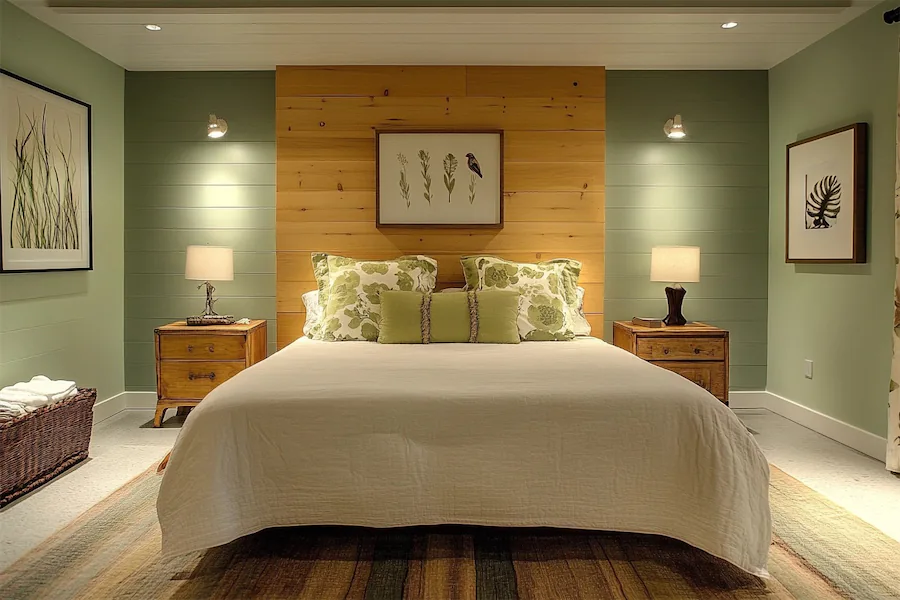Designing a symmetrical bedroom involves arranging elements in a balanced and harmonious manner, creating a serene and visually appealing space.
History and Origins of Symmetrical Bedrooms
Symmetry has been a fundamental principle in architecture and interior design for centuries, symbolizing order and balance. In bedroom design, symmetrical layouts have been employed to evoke a sense of calm and formality, often seen in traditional and classical interiors.
Key Features of Symmetrical Bedrooms
- Balanced Furniture Placement: Positioning matching nightstands and lamps on either side of the bed establishes a focal point and creates visual harmony.
- Mirrored Decor: Utilizing pairs of decorative items, such as artwork or mirrors, enhances the symmetrical aesthetic and adds to the room’s elegance.
- Consistent Color Scheme: Employing a cohesive color palette throughout the room reinforces the sense of balance and unity inherent in symmetrical design.
- Even Lighting: Incorporating identical lighting fixtures on both sides of the bed ensures uniform illumination, contributing to the room’s overall symmetry.
Applications of Symmetrical Bedrooms
- Traditional Designs: Symmetry is a hallmark of traditional bedroom interiors, where balanced layouts and matching furnishings create a formal and timeless appeal.
- Modern Interiors: Contemporary bedrooms can also benefit from symmetrical arrangements, providing a clean and organized appearance that promotes relaxation.
- Small Spaces: Implementing symmetry in compact bedrooms can make the area feel more organized and spacious, enhancing functionality and comfort.
Considerations When Designing Symmetrical Bedrooms
- Avoiding Monotony: While symmetry offers balance, incorporating subtle variations in textures, patterns, or accent pieces can prevent the space from appearing overly uniform.
- Personalization: Infusing personal touches within the symmetrical framework ensures the bedroom reflects individual style and preferences.
- Functional Layout: Ensuring that the symmetrical design does not compromise the room’s functionality is crucial; practical considerations should align with aesthetic choices.
Conclusion
A symmetrical bedroom design fosters a sense of balance and tranquility, suitable for various interior styles. By thoughtfully arranging furnishings and decor elements in a harmonious layout, one can create a serene retreat that combines aesthetic appeal with comfort.
